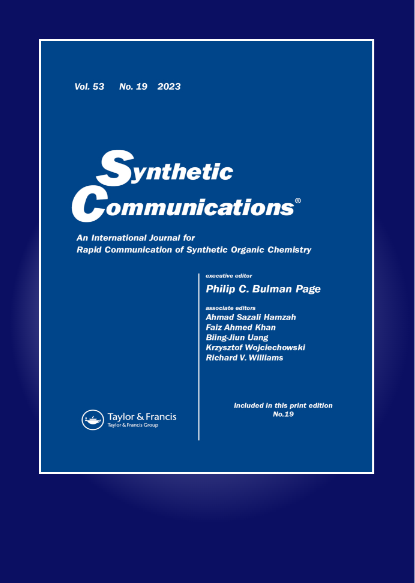Reduction of styrene compounds was achieved by the simple method of adding more than 2.5 equivalents of an aqueous HI solution in chlorobenzene under refluxing conditions for 8 h to give the product in medium to excellent yields. There was no need to add further additional reagent and catalyst. HI was a specific reagent for this reduction reaction. Increment of the amount of HI was efficient to increase the yield rather than to elongate the reaction time. This reaction could be applied to compounds bearing halogen and sulfur atoms, which would act as reductive site and poisoning of the transition-metal catalyst, respectively. The yield was decreased in the case of the compounds bearing small substituent such as propyl and butyl groups on olefin. This reaction proceeded via the iodinated intermediate followed by the reduction of C-I bond. The reduction mechanism would contain the radical cleavage of the C-I bond.


